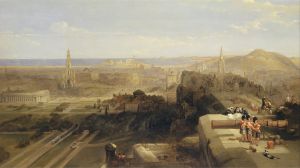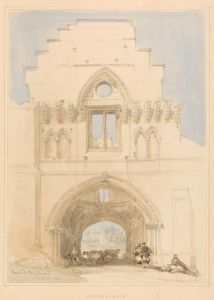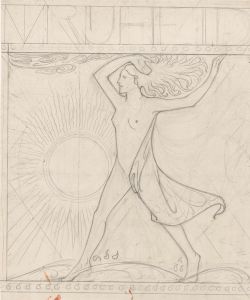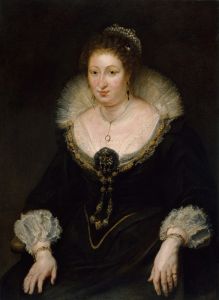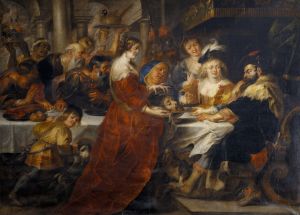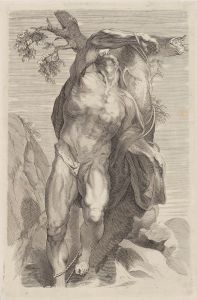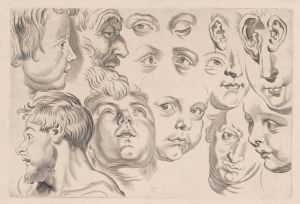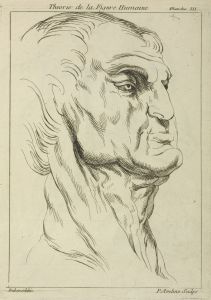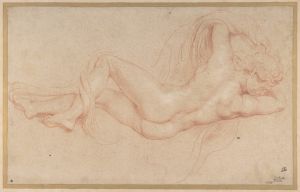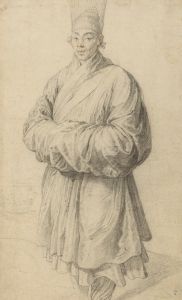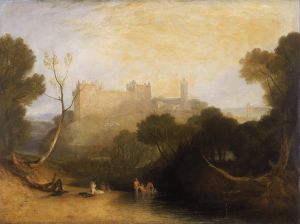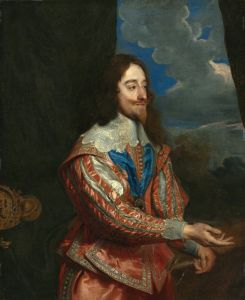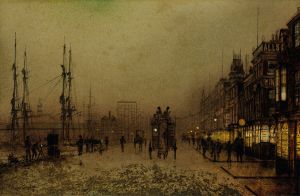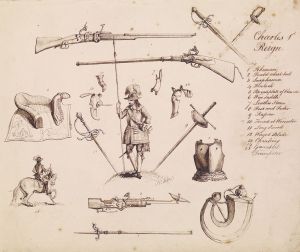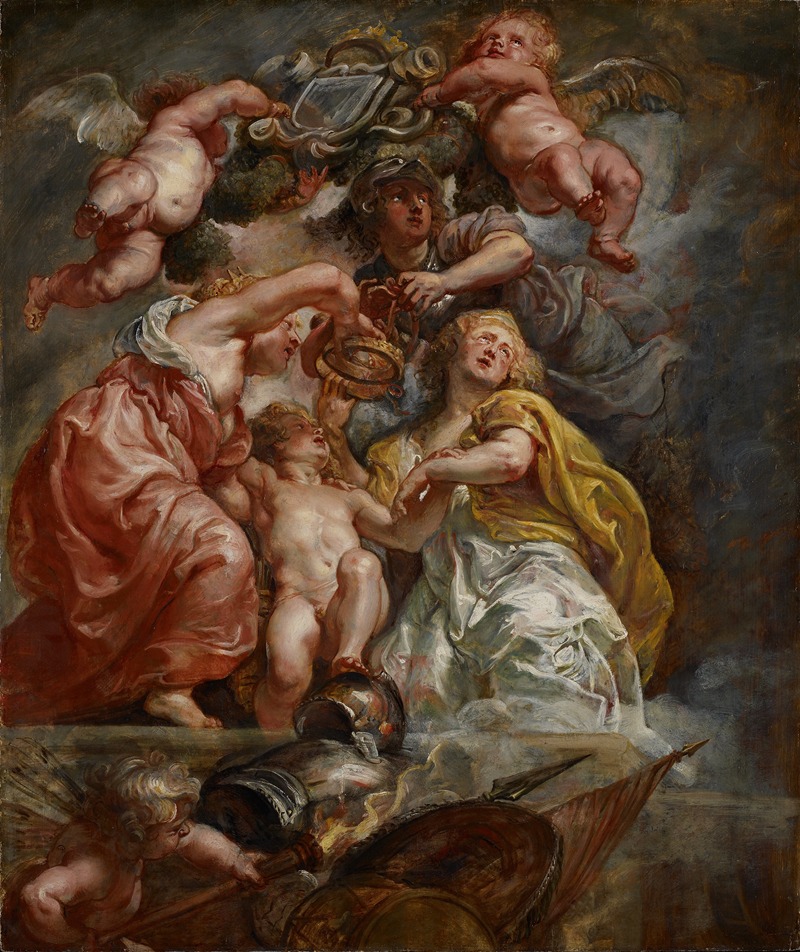
The Union of England and Scotland
A hand-painted replica of Peter Paul Rubens’s masterpiece The Union of England and Scotland, meticulously crafted by professional artists to capture the true essence of the original. Each piece is created with museum-quality canvas and rare mineral pigments, carefully painted by experienced artists with delicate brushstrokes and rich, layered colors to perfectly recreate the texture of the original artwork. Unlike machine-printed reproductions, this hand-painted version brings the painting to life, infused with the artist’s emotions and skill in every stroke. Whether for personal collection or home decoration, it instantly elevates the artistic atmosphere of any space.
Peter Paul Rubens, a prominent Flemish Baroque painter, is renowned for his dynamic compositions and vibrant use of color. However, there is no widely recognized painting titled "The Union of England and Scotland" attributed to Rubens. It is possible that there might be confusion with another work or a misattribution. Rubens did create numerous works that depicted historical and allegorical themes, often commissioned by royal patrons across Europe, but no specific painting by this title is documented in his known oeuvre.
Rubens was active during the late 16th and early 17th centuries, a period marked by significant political and religious upheaval in Europe. He often worked for the courts of Europe, including those in Spain, France, and England, and was known for his ability to convey political messages through allegory and symbolism in his paintings. His works frequently included mythological and historical subjects, which were popular among his aristocratic patrons.
The union of England and Scotland refers to the political process that led to the creation of the Kingdom of Great Britain in 1707, a century after Rubens' death in 1640. This union was formalized by the Acts of Union, which were passed by both the Parliament of England and the Parliament of Scotland. The union was a significant event in British history, bringing together two previously independent nations under a single government and monarchy.
If Rubens had painted a work titled "The Union of England and Scotland," it would likely have been an allegorical representation, as was common in his time, using figures from mythology or history to symbolize the political union. However, without concrete evidence or documentation of such a painting, it remains speculative to attribute this specific title to Rubens.
Rubens' influence on the art world was profound, and his works continue to be studied for their artistic and historical significance. His ability to blend realism with idealism, and his mastery of composition and color, have made him one of the most celebrated artists of the Baroque period. While many of his paintings are well-documented and preserved in museums around the world, any claims about specific works should be supported by historical records or scholarly research.
In conclusion, there is no verified information about a painting by Peter Paul Rubens titled "The Union of England and Scotland." Any such attribution would require further historical evidence and scholarly validation. Rubens' legacy, however, remains intact through his numerous other works that continue to captivate audiences with their grandeur and complexity.





